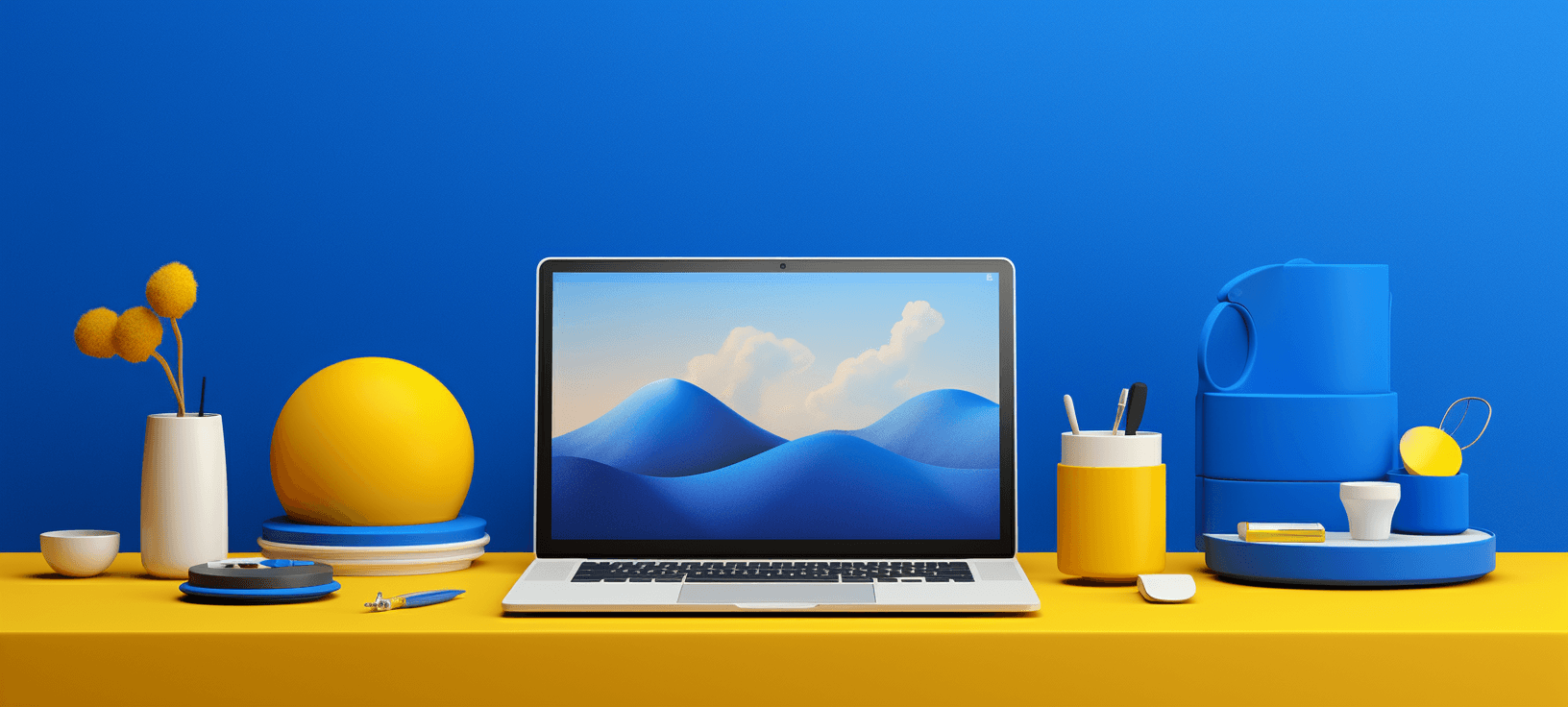SEO Marketing Las Vegas Providing Strategies to Boost Online ROI
Imaginative Web Style Solutions for Modern and Engaging Internet Sites
In the world of internet style, the quest of modern and engaging services has come to be significantly essential for services aiming to capture user focus. By incorporating strong color schemes, interactive components, and receptive layouts, designers can develop experiences that not only resonate with customers however likewise enhance brand name identity.
Embracing Vibrant Shade Schemes
In website design, the tactical usage of strong color design can substantially enhance customer interaction and brand identification. By utilizing vibrant colors, designers can develop visually striking websites that catch focus and promote a memorable experience. An appropriate color scheme not only mirrors a company's worths but additionally evokes certain emotions that can affect user habits.
Bold shades can be used to direct customers' interest to vital aspects such as phone call to action, boosting conversion rates. For example, making use of contrasting colors for switches and web links can make these elements stick out, prompting individuals to connect quicker. A cohesive color plan throughout the internet site enhances brand recognition, producing a sense of experience and trust fund amongst site visitors.
However, it is essential to balance strong shades with ample white room to stay clear of overwhelming users. Effective use of typography also complements bold colors, guaranteeing readability while preserving visual charm. Eventually, accepting strong color design in website design not only elevates aesthetic quality yet likewise plays an essential role in achieving strategic business objectives, making it an essential consideration for modern-day internet growth.

Using Interactive Elements
Interactive aspects are important in modern-day web layout, as they considerably boost user interaction and develop a much more vibrant browsing experience. By integrating attributes such as animations, float results, and clickable components, websites can urge users to check out content better and return for future check outs.

Micro-interactions, such as refined animations when a switch is clicked or a kind is submitted, can also boost the customer experience by supplying immediate feedback. These tiny details can make the website really feel even more responsive and active, promoting a sense of link between users and the website.
Furthermore, gamification aspects, such as incentives for completing details actions, can inspire users to engage with the web content more deeply. By attentively incorporating these interactive components, internet developers can create a remarkable and engaging on the internet experience that reverberates with users and motivates them to return.
Applying Responsive Style
Carrying out receptive design is vital in today's multi-device landscape, ensuring that sites supply an optimum viewing experience across different display dimensions. As users progressively access the web via smartphones, tablet computers, and desktop computers, a one-size-fits-all strategy is no longer practical. Receptive style permits smooth navigating and interaction, adapting layout and content to fit the gadget being utilized.
Key principles of receptive style include fluid grids, adaptable photos, and media inquiries. Media inquiries help with the application blog here of different designs based on the device's attributes, such as width, height, or resolution, permitting developers to tailor the user experience properly.
Additionally, responsive design boosts SEO performance, as internet search engine prefer mobile-friendly sites. By applying receptive design, organizations not just improve customer fulfillment and engagement yet likewise increase their reach in an affordable digital landscape. As modern technology continues to evolve, embracing responsive style has come to be a fundamental technique for any type of modern-day and appealing internet site.
Integrating Multimedia Material
Multimedia web content plays an essential duty in creating interesting and dynamic internet experiences that capture individuals' focus and improve understanding. By incorporating text, photos, audio, and video, internet sites can provide a richer story that appeals to different finding out styles and choices. This assimilation not only boosts customer engagement however additionally aids in communicating intricate ideas succinctly.
Integrating high-quality pictures and infographics can damage up textual web content, making it much more absorbable. Video tutorials and presentations can offer thorough understandings that fixed content may not fully interact. Audio aspects, such as podcasts or history songs, can additionally boost the atmosphere of a site, producing a much more immersive experience.
Additionally, the critical usage of multimedia can boost search engine optimization efficiency, as internet search engine here are the findings prefer varied web content kinds, raising presence. Nonetheless, it is critical to ensure that multimedia elements do not prevent web page lots times, as this can cause individual irritation. By balancing multimedia assimilation with efficiency factors to consider, web designers can develop aesthetically attractive and functional websites that reverberate with individuals, promoting a deeper link and encouraging return gos to.
Prioritizing Customer Experience

To achieve an optimal customer experience, developers need to focus on several vital concepts. Clear telephone calls to activity, legible typography, and organized content overview individuals, decreasing cognitive lots.
In addition, integrating user responses into the design procedure is vital. Regular screening with genuine users aids determine discomfort factors and areas for renovation, permitting repetitive enhancements. Ultimately, focusing on UX not only elevates customer complete satisfaction yet likewise drives engagement and conversion prices, making it a crucial component of contemporary website design approaches. By putting customers at the center of layout efforts, internet sites can create long-term, positive perceptions that encourage return sees.
Final Thought
To conclude, modern web style remedies that stress bold color pattern, interactive aspects, receptive layout, and multimedia content considerably improve individual involvement and contentment. Prioritizing user experience through clear layouts and constant comments additionally adds to boosted conversion prices. By taking on these approaches, internet sites can effectively More Bonuses captivate visitors and reinforce brand name identification, inevitably bring about an extra vibrant and interesting on-line visibility. The combination of these style principles is vital for accomplishing contemporary web design objectives.